You may be wondering what a rock has to do with bees? but the rock in question, sitting on top of a large, sloping hill in Yamhill County, isn’t an ordinary rock. It is, in fact, an erratic rock, a rock that differs from the size and type of rock native to the area in which it rests. It was deposited on top of this hill approximately 14,000 years ago when a series of breaches occurred in a large ice dam in southwestern Montana. These episodic breaches resulted in the release of massive quantities of water, rock, and highly nutrient sediment that made its way across eastern Washington, through the Columbia Gorge, and down the Willamette Valley. The deposits left behind by these events, called the Missoula floods, created some of the most fertile farmland in the country.
The Crop diversity and native plant species richness supported by this fertile region of the state provides bountiful resources for bees throughout the year. Early spring crops like blueberry and cherry provide valuable food resources. Visit the same area at the end of summer and you are likely to find late-season crops like squash and melon in full bloom. Take a fresh look around you and explore the everyday wonders hidden around the Willamette Valley.
Want to visit the rock? Say no more, get directions to the Erratic Rock State Natural Area: http://oregonstateparks.org/index.cfm?do=parkPage.dsp_parkPage&parkId=96
Explore Oregon’s hidden treasures with Travel Oregon:
https://traveloregon.com/things-to-do/culture-history/historic-sites-oregon-trail/on-the-trail-of-erratic-rocks/
This Erratic rock is one of the remaining signs of how Oregon got its fertile farmland and ideal habitat for bees. [Photo by Sarah Kincaid]


![This Erratic rock is one of the remaining signs of how Oregon got its fertile farmland and ideal habitat for bees. [Photo by Sarah Kincaid]](https://images.squarespace-cdn.com/content/v1/5a849d4c8dd041c9c07a8e4c/1519159094729-VURLWRQWIWEKISTWHLBM/erratic_1-768x243.jpg)